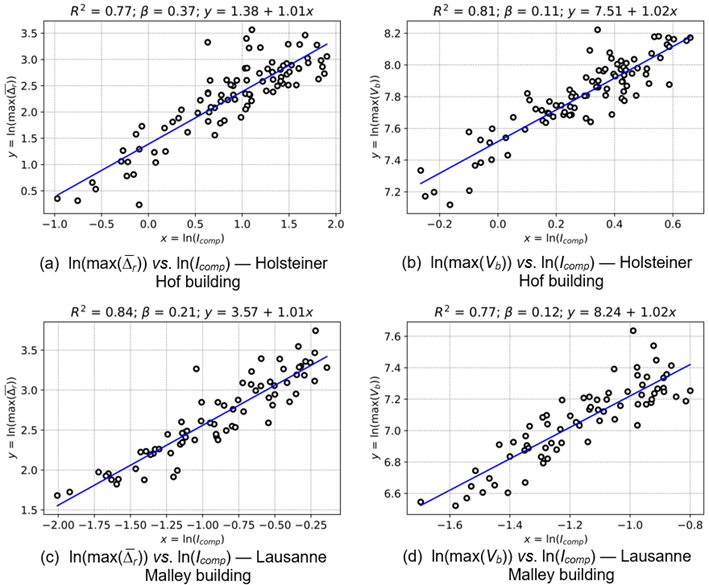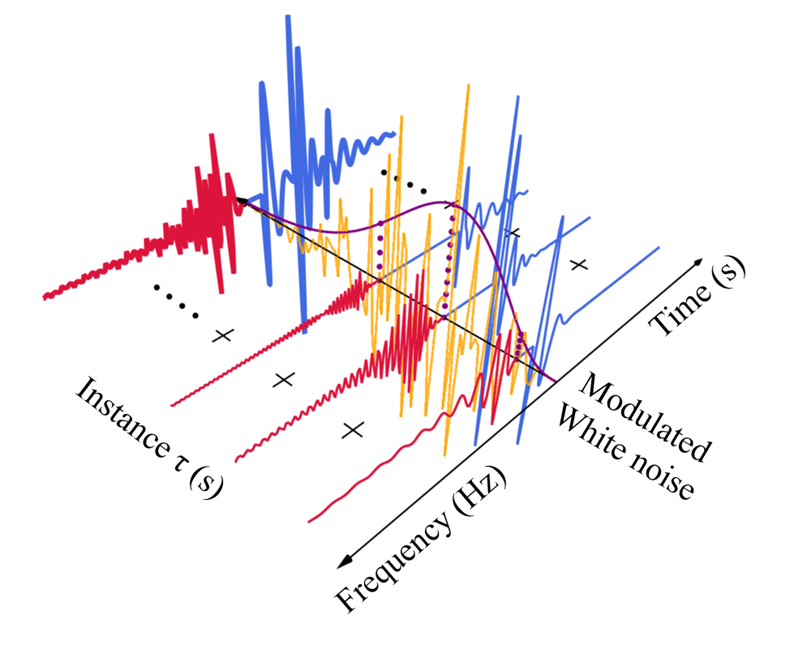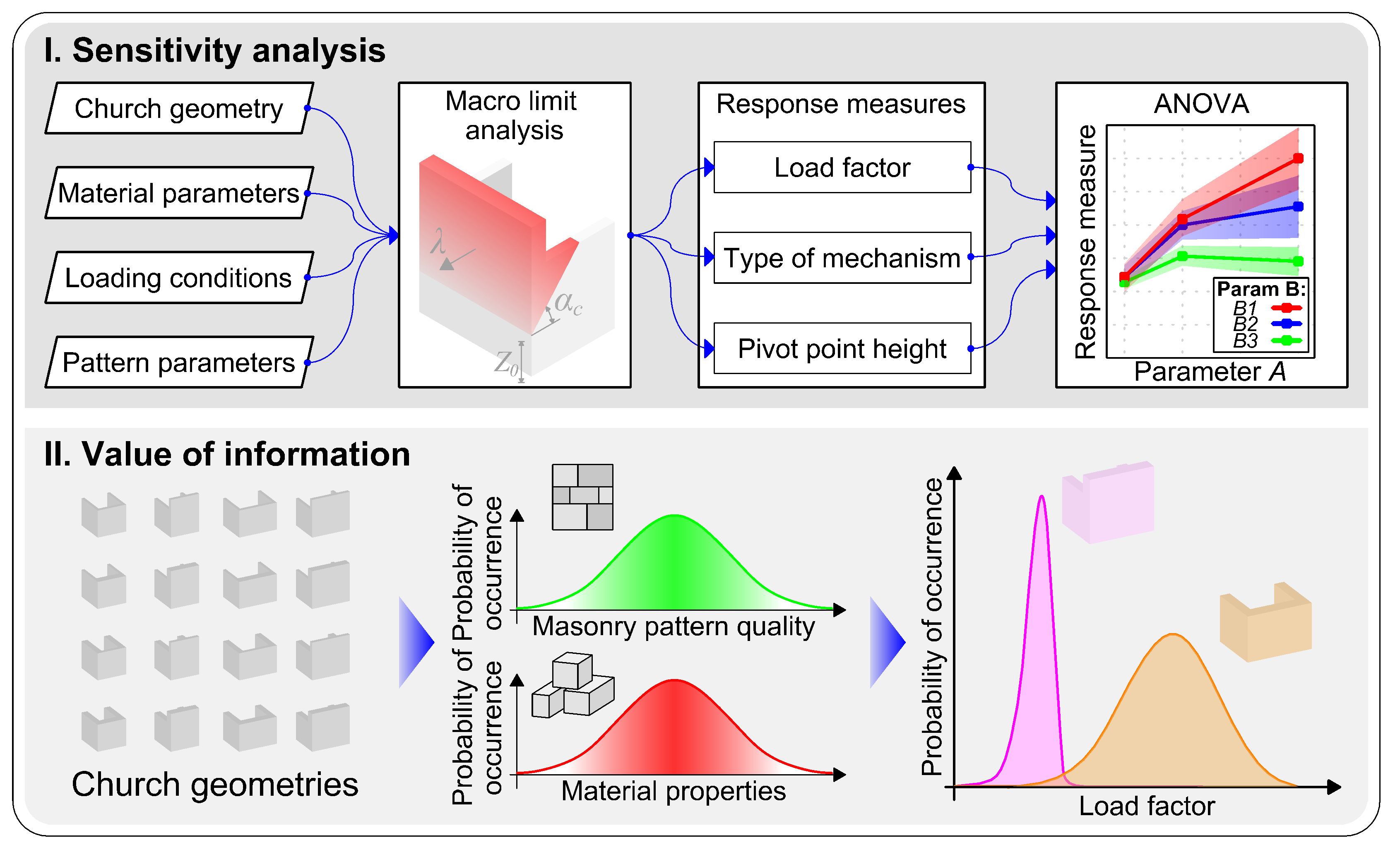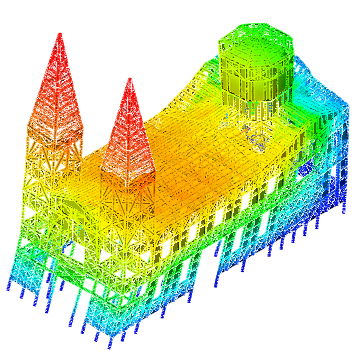Masonry structures have been observed to display a high vulnerability to failure under seis-mic action. This stems from the fact that their structural configurations usually lack adequate connections among the distinct elements, resulting in the formation of local mechanisms ex-periencing Out-Of-Plane (OOP) collapse. In this context, rocking dynamics has proven to be a valuable methodology for the analysis of masonry walls. Classical rocking theory can pro-vide a fast solution to the dynamic phenomena taking place if simple configurations are exam-ined. Nevertheless, as the degrees of freedom and the boundary conditions increase, the complexity increases, and thus the classical rocking theory becomes impractical. In the mean-time, recent developments in computational modelling of masonry structures are gaining sig-nificant attraction. This includes block-based models which inherently consider the complexity of the problem and enable the solution to be obtained easily in the discretised spa-tial and time domains. However, despite their widespread use, applications of such models usually lack a reliable treatment of damping.
The present work attempts to bridge the gap between the well-established energy loss of the classical rocking theory and the treatment of damping of block-based computational models. To do so, the dynamics of the problem are reviewed and an equivalent viscous damping model is proposed. A unilateral dashpot formulation allows the replication of the impulsive nature of the energy loss at impact. Afterwards, a calibration methodology is adopted for the practical range of the problem’s parameters and a ready-to-use equation is provided, which respects energy equivalence. The performance of the proposed damping model is also evaluated through comparisons with experimental results.





